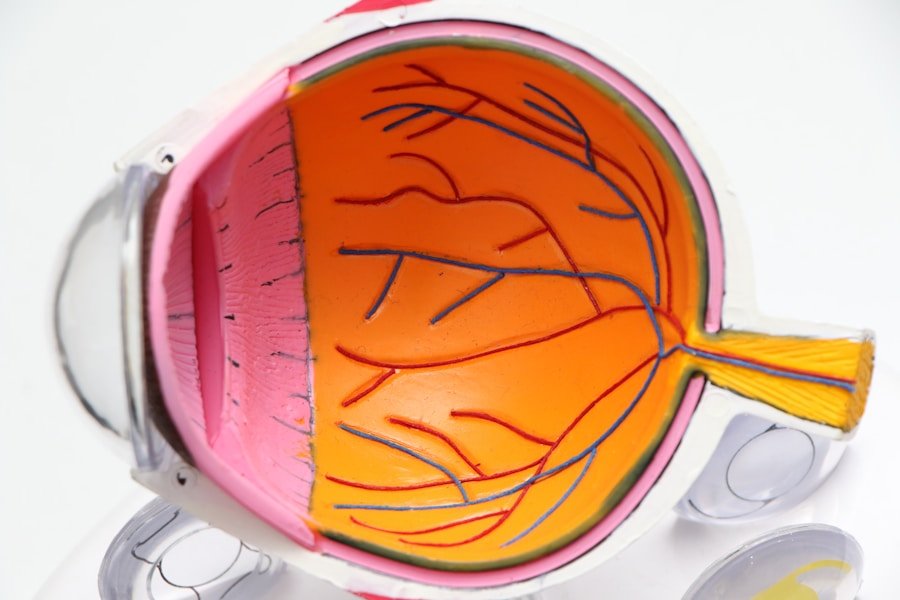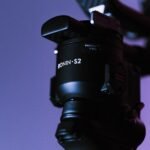Telephoto lenses are an essential tool for photographers looking to capture distant subjects with clarity and detail. These lenses are characterized by their long focal lengths, typically starting at around 70mm and extending to 300mm or more. They are commonly used in wildlife, sports, and portrait photography, where the ability to bring distant subjects closer is crucial. Telephoto lenses come in a variety of designs, including prime (fixed focal length) and zoom (variable focal length) options, each with its own set of advantages and limitations. Understanding the capabilities and limitations of telephoto lenses is essential for photographers looking to make the most of these powerful tools.
Telephoto lenses are prized for their ability to isolate subjects from their surroundings, creating a pleasing background blur, or “bokeh,” that can make the subject stand out in a visually striking way. Additionally, the long focal lengths of telephoto lenses allow photographers to capture details that may be missed with shorter lenses, such as the intricate patterns on a bird’s feathers or the expression on a distant athlete’s face. However, telephoto lenses also present unique challenges, such as the need for steady hands or image stabilization to prevent camera shake at longer focal lengths. Understanding how to overcome these challenges is crucial for getting the best results with a telephoto lens.
Zoom Range: Finding the Right Focal Length
When choosing a telephoto lens, one of the most important considerations is the zoom range, or focal length range, that best suits your needs. Telephoto lenses come in a variety of focal lengths, from moderate telephoto (70-200mm) to super telephoto (300mm and beyond). The right focal length for you will depend on the types of subjects you plan to shoot and the shooting conditions you expect to encounter. For example, a moderate telephoto lens may be ideal for portrait photography, while a super telephoto lens would be better suited for capturing distant wildlife or sports action.
A zoom lens offers the flexibility to adjust the focal length as needed, making it a versatile option for photographers who want to cover a range of shooting scenarios without changing lenses. However, prime telephoto lenses offer the advantage of wider apertures and often superior image quality compared to zoom lenses. Ultimately, the right zoom range for you will depend on your specific shooting style and preferences. It’s important to consider factors such as weight and size when choosing a telephoto lens, as longer focal lengths often result in larger and heavier lenses that may be cumbersome to carry and use for extended periods.
Aperture: Balancing Light and Depth of Field
The aperture of a telephoto lens plays a crucial role in determining the amount of light that reaches the camera sensor and the depth of field in an image. A wider aperture (smaller f-number) allows more light to enter the lens, making it ideal for shooting in low-light conditions or achieving a shallow depth of field for creative effects. On the other hand, a narrower aperture (larger f-number) reduces the amount of light reaching the sensor but increases the depth of field, making it suitable for capturing landscapes or other scenes where maximum sharpness throughout the frame is desired.
When choosing a telephoto lens, it’s important to consider the maximum aperture it offers and how it will impact your shooting capabilities. A wider maximum aperture can be advantageous for low-light shooting and creating pleasing background blur, but it often comes with a higher price tag and larger size and weight. Additionally, some telephoto lenses feature variable apertures that change as you zoom in and out, while others have fixed apertures that remain constant regardless of focal length. Understanding how aperture impacts your images and considering your specific shooting needs will help you make an informed decision when selecting a telephoto lens.
Image Stabilization: Keeping Shots Sharp
One of the biggest challenges when using a telephoto lens is keeping shots sharp, especially at longer focal lengths where camera shake becomes more pronounced. Image stabilization (IS) technology is designed to counteract this effect by minimizing the impact of camera movement on image sharpness. IS systems can be particularly beneficial when shooting handheld at slower shutter speeds or when capturing fast-moving subjects that require precise focus and stability.
When choosing a telephoto lens, it’s important to consider whether it includes image stabilization and how effective it is in real-world shooting scenarios. Some lenses offer multiple modes of IS to accommodate different shooting situations, such as panning with moving subjects or shooting from a moving vehicle. Additionally, some camera bodies feature in-body image stabilization (IBIS) that can work in conjunction with lens-based IS systems to further enhance stability and sharpness. Understanding how image stabilization can benefit your photography and considering its availability in different telephoto lenses will help you make an informed decision when selecting the right lens for your needs.
Autofocus: Speed and Accuracy
Autofocus performance is another crucial factor to consider when choosing a telephoto lens, especially for fast-paced shooting scenarios such as sports or wildlife photography. The speed and accuracy of autofocus can make a significant difference in your ability to capture decisive moments with precision and clarity. Telephoto lenses with advanced autofocus systems can track moving subjects with ease and maintain sharp focus even in challenging lighting conditions.
When evaluating autofocus performance in telephoto lenses, it’s important to consider factors such as the number and type of autofocus points, as well as the speed and accuracy of the focusing mechanism. Some lenses feature advanced autofocus technologies such as ultrasonic motors or linear motors that provide fast and silent focusing, while others may offer customizable autofocus settings to tailor performance to specific shooting situations. Additionally, some camera bodies offer advanced autofocus features such as eye detection or subject tracking that can further enhance the capabilities of telephoto lenses. Understanding how autofocus performance can impact your photography and considering its importance in different shooting scenarios will help you make an informed decision when selecting a telephoto lens.
Build Quality: Durability and Weather Resistance
The build quality of a telephoto lens is an important consideration for photographers who plan to use their gear in demanding conditions or challenging environments. A well-built lens not only provides durability and longevity but also offers protection against dust, moisture, and other environmental factors that can affect performance and image quality. Telephoto lenses designed with weather-sealed construction are particularly valuable for outdoor photographers who need reliable gear that can withstand the rigors of nature.
When evaluating the build quality of a telephoto lens, it’s important to consider factors such as construction materials, sealing against dust and moisture, and overall durability. Some lenses feature robust metal construction and advanced sealing technologies that provide peace of mind when shooting in adverse conditions, while others may prioritize lightweight materials and compact designs for portability and ease of use. Additionally, some telephoto lenses offer features such as fluorine coatings on front elements to repel water and oil, making them easier to clean and maintain in challenging shooting situations. Understanding how build quality can impact your ability to use a telephoto lens in different environments and considering your specific shooting needs will help you make an informed decision when selecting the right lens for your requirements.
Price: Finding the Best Value for Your Needs
The price of a telephoto lens is an important consideration for photographers looking to invest in new gear while staying within their budget. Telephoto lenses come in a wide range of prices, from budget-friendly options aimed at entry-level enthusiasts to high-end professional models with advanced features and superior build quality. Finding the best value for your needs involves balancing factors such as performance, features, build quality, and price to ensure that you get the most out of your investment.
When evaluating the price of a telephoto lens, it’s important to consider how its features and performance align with your specific shooting requirements. While high-end professional lenses may offer superior image quality, durability, and advanced features, budget-friendly options can still provide excellent performance for photographers on a tighter budget. Additionally, considering factors such as warranty coverage, included accessories, and compatibility with your existing gear can help you make an informed decision when selecting a telephoto lens that offers the best value for your needs. Understanding how price relates to performance and features in different telephoto lenses will help you make a smart investment that enhances your photography without breaking the bank.
In conclusion, understanding the key factors that influence the performance and suitability of telephoto lenses is essential for photographers looking to make informed decisions when selecting new gear. By considering factors such as zoom range, aperture, image stabilization, autofocus performance, build quality, and price, photographers can find a telephoto lens that meets their specific shooting needs while providing excellent value for their investment. Whether capturing distant wildlife, fast-paced sports action, or striking portraits, a well-chosen telephoto lens can open up new creative possibilities and elevate the quality of your photography.








